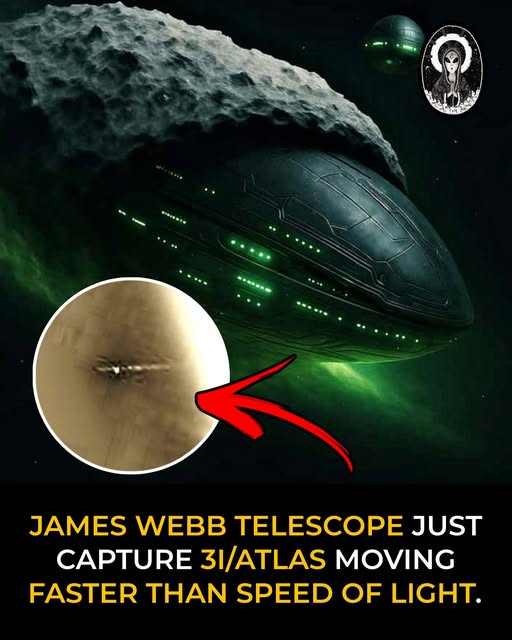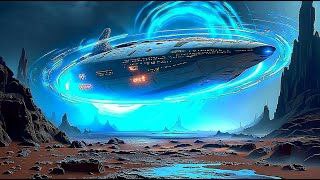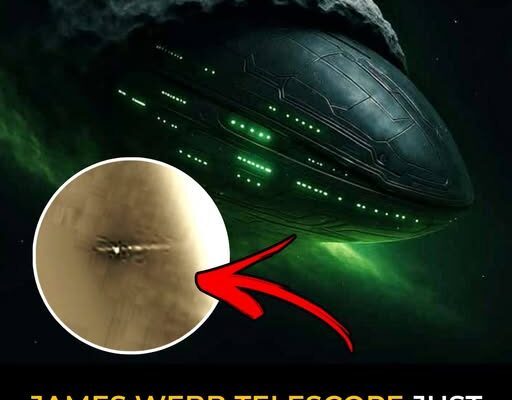
It is impossible for any object with mass, such as the 3I/ATLAS comet, to move faster than the speed of light in a vacuum, according to the currently accepted laws of physics as defined by Albert Einstein’s theory of relativity. The speed of light in a vacuum is the ultimate speed limit in the universe, approximately 299,792 kilometers per second (or about 186,282 miles per second).

If there are reports or news suggesting that the James Webb Space Telescope (JWST) observed 3I/ATLAS or any other object moving faster than light, it is likely either a misunderstanding, a miscommunication, or simply misinformation. The JWST is designed to observe the universe in infrared light and would not be able to detect any object exceeding the speed of light because such a phenomenon would contradict our current understanding of physics.

In the theoretical context, there are speculative concepts such as “warp drives” or “wormholes” from the field of theoretical physics that could potentially allow for faster-than-light (FTL) travel or communication, but these concepts are not part of established science and remain purely hypothetical.
If you’ve seen a claim about the James Webb Space Telescope and an object exceeding the speed of light, it is recommended to check the sources of this claim for credibility and look for corroborating reports from established scientific publications or institutions.

